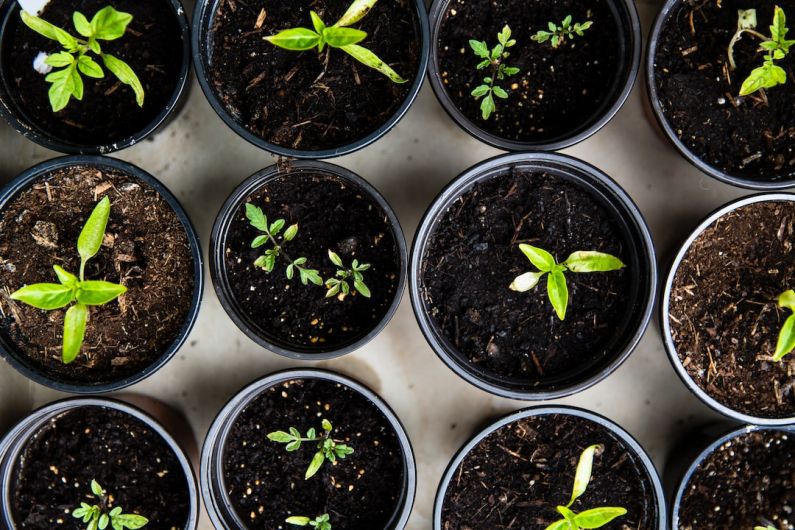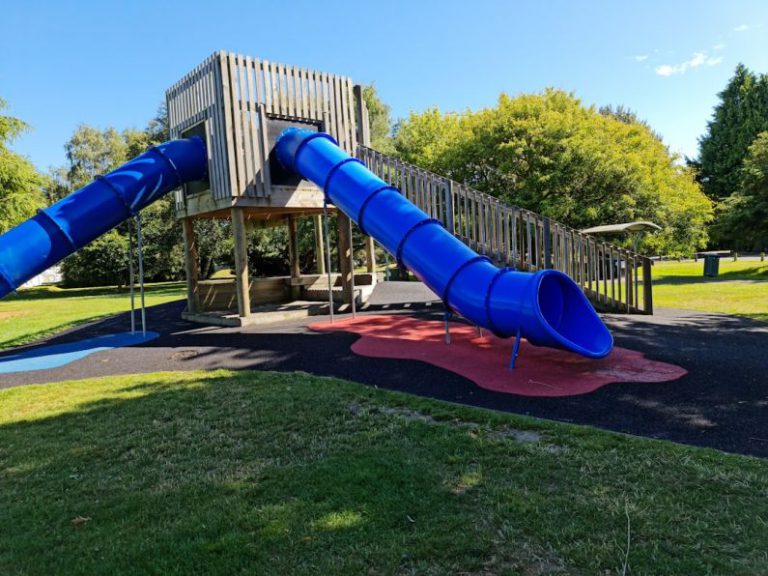How to Grow a Herb Garden for Fresh Cooking Ingredients?
Herbs are the secret ingredient that can elevate the flavors of any dish. Whether you are preparing a simple salad or a gourmet meal, having fresh herbs at your fingertips can make all the difference. Growing your own herb garden is not only a rewarding experience but also a cost-effective way to ensure a steady supply of aromatic and flavorful ingredients. In this article, we will guide you through the steps of growing a herb garden so that you can enjoy the freshest, most delicious herbs for your culinary creations.
Choosing the Right Location
The first step in growing a successful herb garden is finding the right location. Most herbs require at least six hours of direct sunlight each day, so choose a spot that receives ample sunlight. If you don’t have access to a sunny area, you can still grow herbs indoors near a bright window or using artificial grow lights.
Selecting the Right Herbs
Once you have identified the perfect location, it’s time to choose the herbs you want to grow. Consider the herbs that you use most frequently in your cooking. Some popular options include basil, parsley, rosemary, thyme, and mint. Start with a few varieties that you enjoy and expand your collection over time.
Preparing the Soil
Before planting your herbs, it’s important to prepare the soil properly. Herbs prefer well-draining soil, so if your soil is heavy or clay-like, you may need to amend it with organic matter such as compost or peat moss. Mix in the organic matter thoroughly to improve the soil’s texture and fertility.
Planting the Herbs
When it comes to planting your herbs, there are a few key things to keep in mind. First, make sure to space the plants adequately to allow for proper growth. Most herbs will need around 12-18 inches of space between each plant. Dig a hole that is slightly larger than the root ball of the herb, place the plant in the hole, and gently firm the soil around it. Water the herbs thoroughly after planting to help them establish roots.
Watering and Fertilizing
Proper watering is crucial for the health and growth of your herb garden. Most herbs prefer moist soil, so water them deeply whenever the top inch of soil feels dry. Be careful not to overwater as this can lead to root rot. Fertilize your herbs every 4-6 weeks with a balanced organic fertilizer to provide them with the nutrients they need to thrive.
Maintaining Your Herb Garden
To keep your herb garden looking its best, it’s important to regularly maintain it. This includes removing any weeds that may compete with your herbs for nutrients and water. Additionally, you should prune your herbs regularly to encourage bushier growth and prevent them from becoming leggy.
Harvesting and Using Your Herbs
The best part of having a herb garden is being able to harvest fresh herbs whenever you need them. As a general rule, you can start harvesting your herbs once they have reached a height of around 6-8 inches. When harvesting, always snip the herbs just above a set of leaves to encourage new growth. Rinse the herbs thoroughly before using them in your cooking to remove any dirt or insects.
In conclusion, growing a herb garden is a rewarding and practical way to ensure a constant supply of fresh and flavorful ingredients for your cooking. By following these simple steps, you can create your own herb garden and enjoy the satisfaction of using homegrown herbs in your culinary creations. So, roll up your sleeves, grab a shovel, and get ready to embark on your herb-growing adventure!






